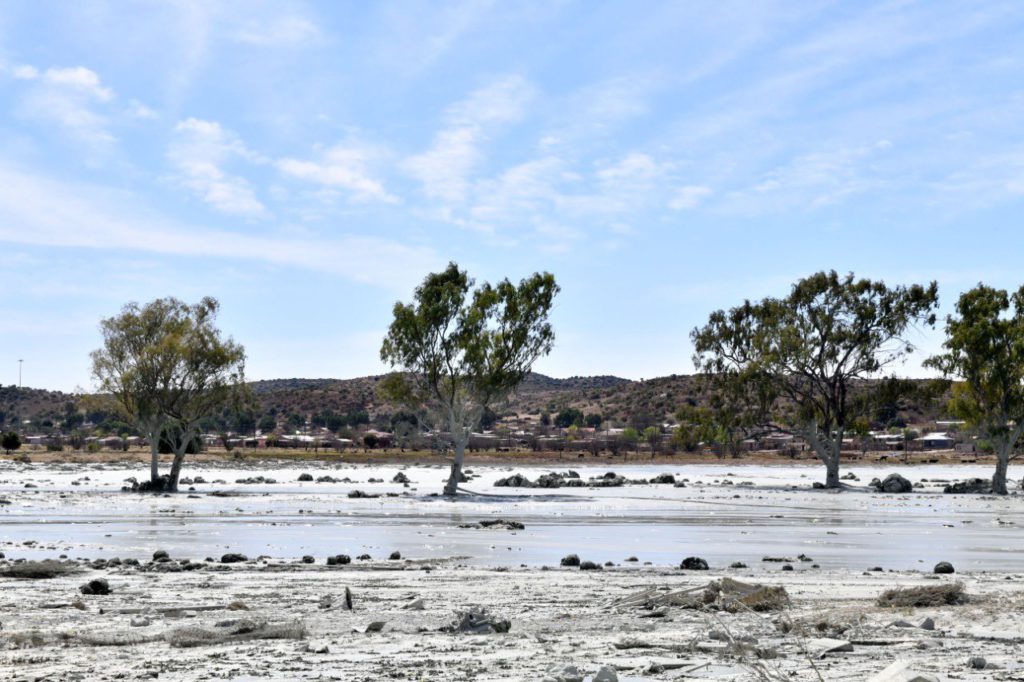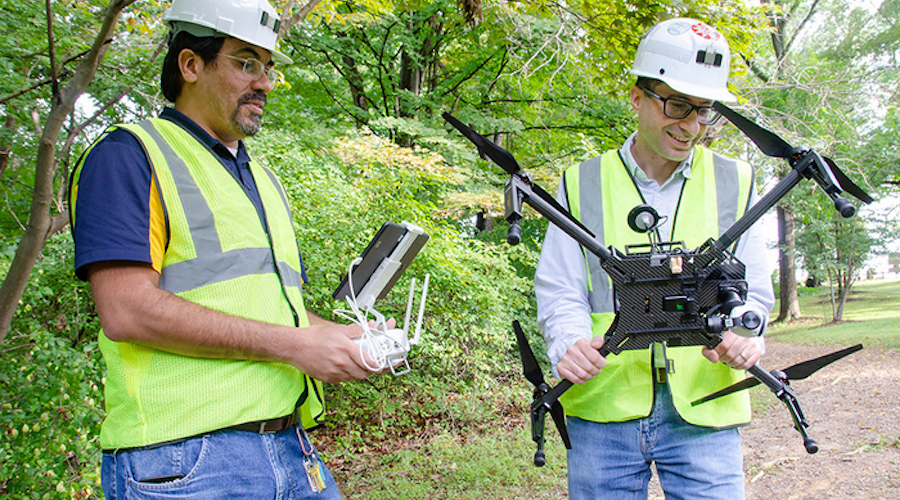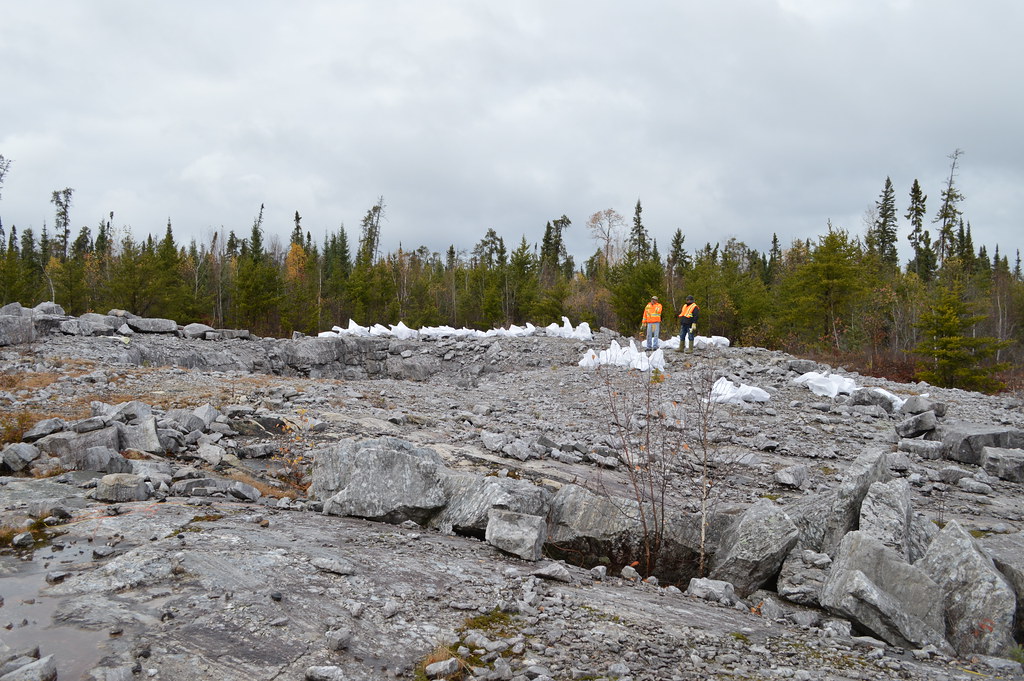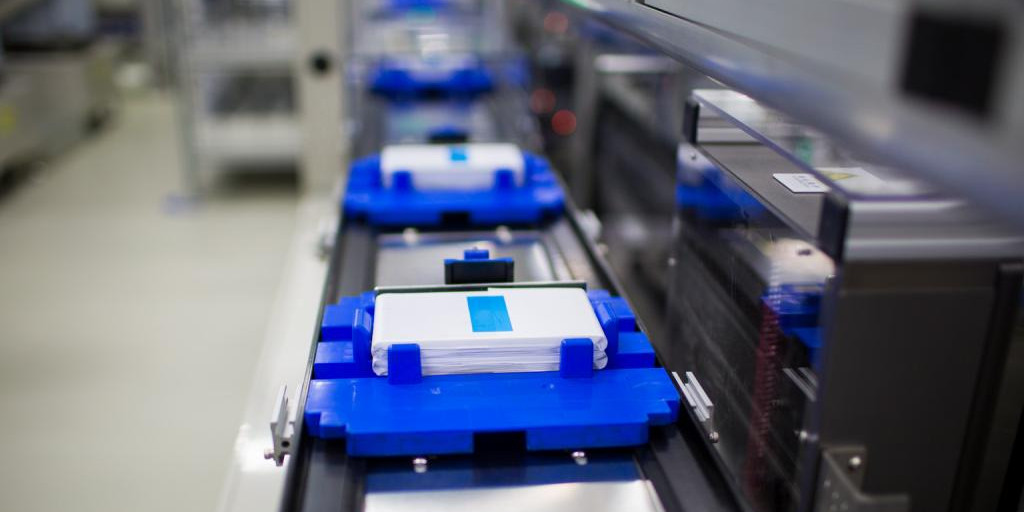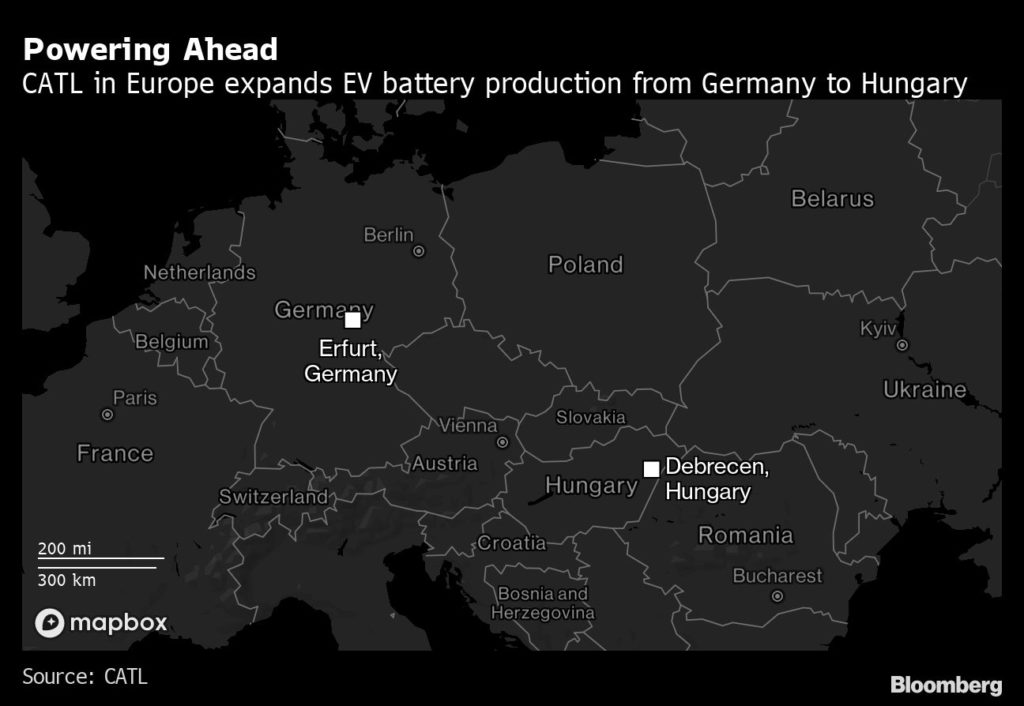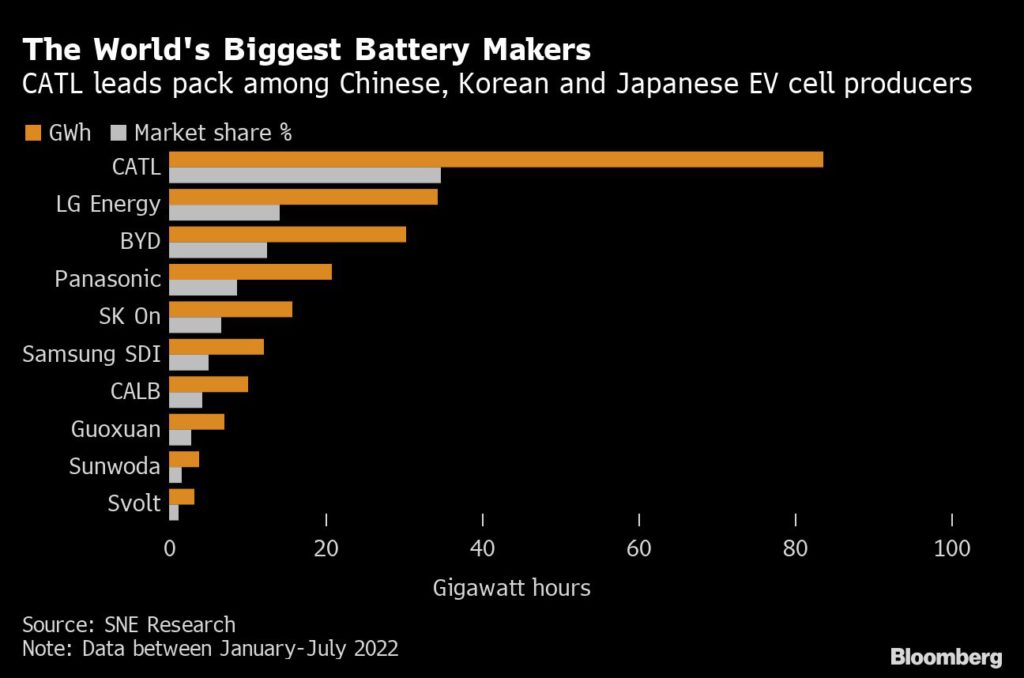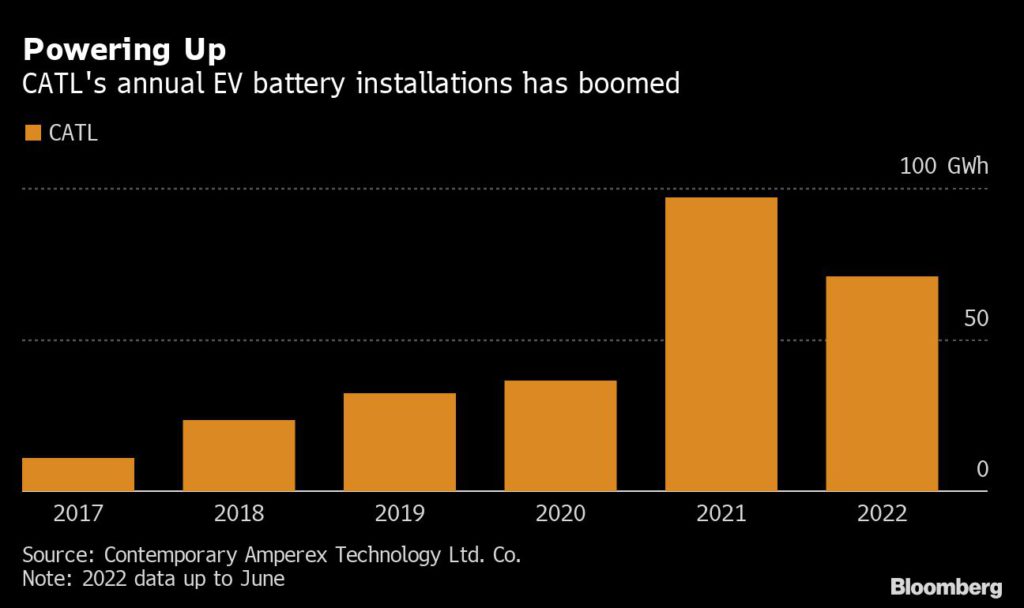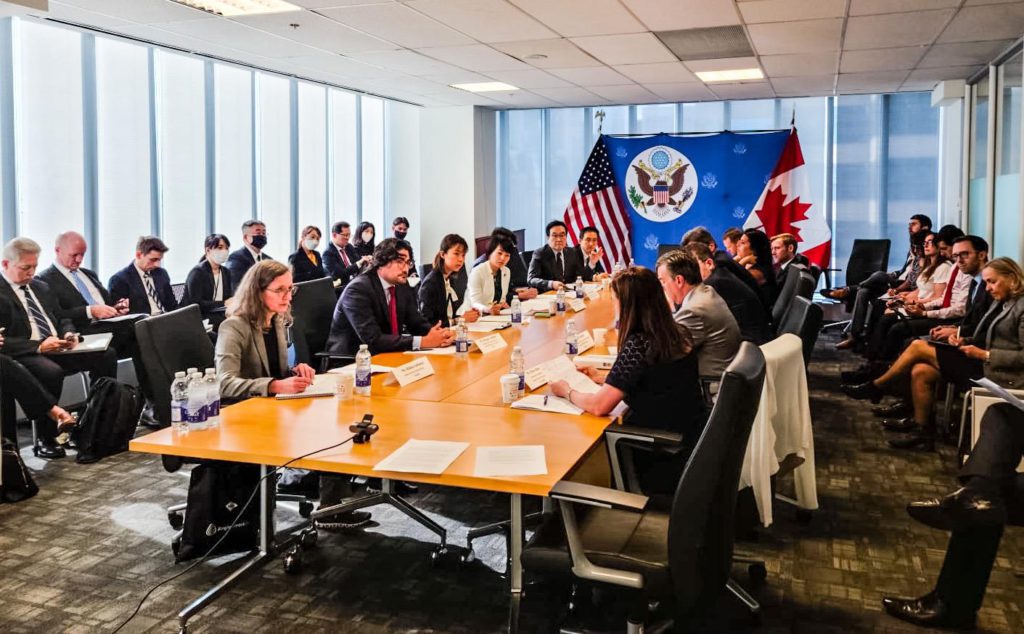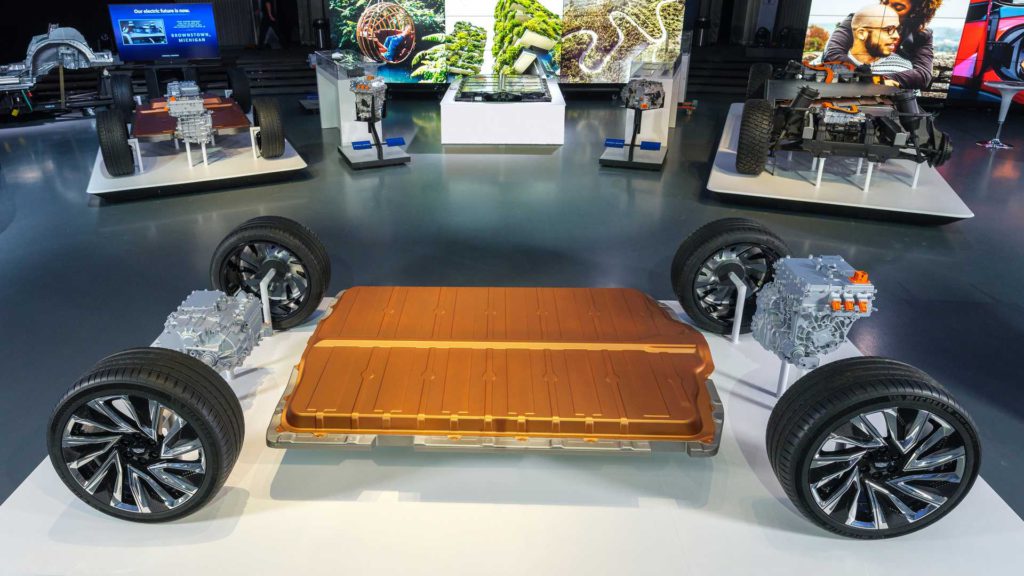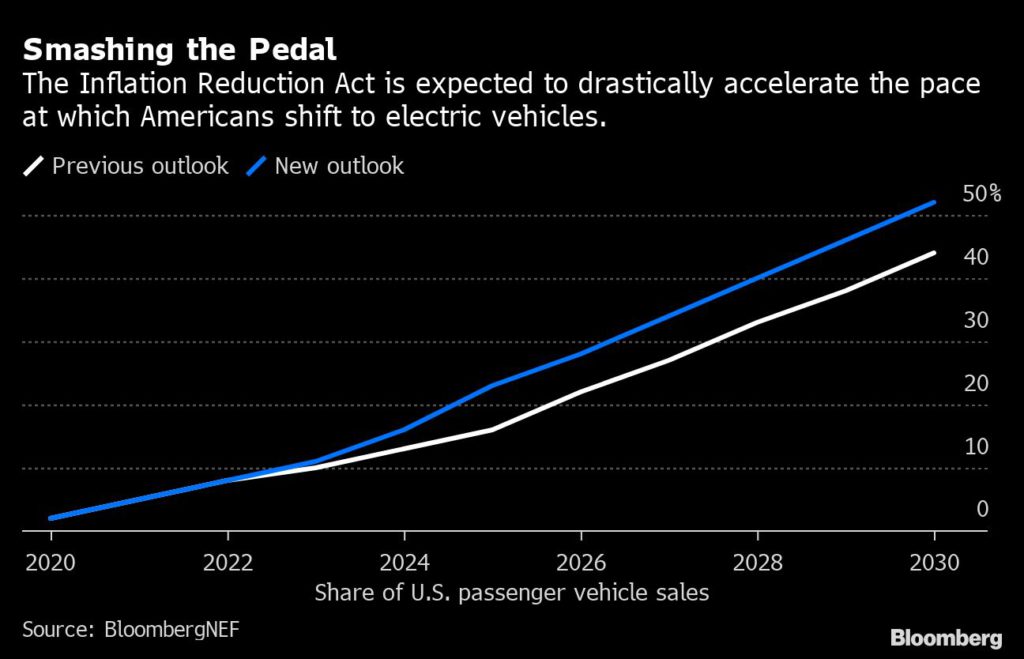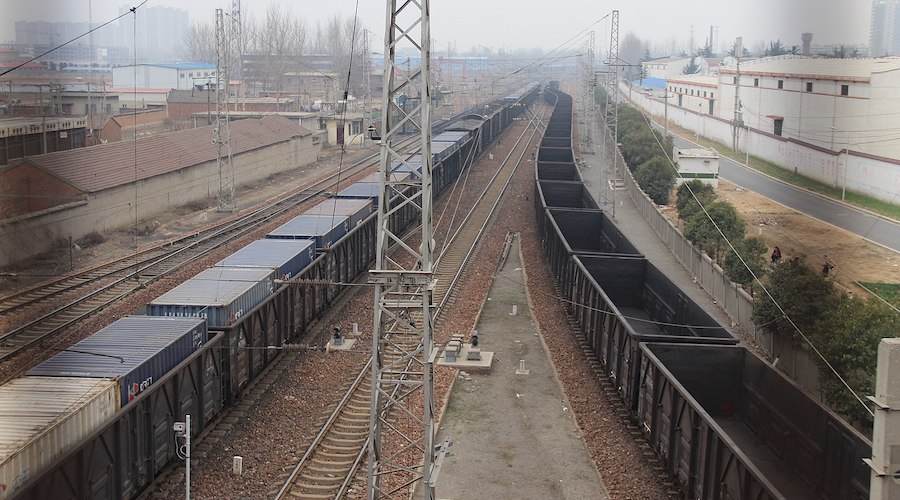Indonesia’s $600 billion plan to shut coal plants struggles for support
GREEN CAPITALI$M NEEDS MORE GREEN
Bloomberg News

Erick Thohir. Credit: Doc. Ministry of SOEs
Indonesia’s plan to retire its coal-fired power plants over the next three decades and replace them with cleaner energy isn’t drawing support from potential investors.

Southeast Asia’s largest economy will need $600 billion to phase-out 15 gigawatts of coal generation and add a similar amount of renewable capacity over the period, State-owned Enterprises Minister Erick Thohir said in an interview late Thursday.
The plan is to keep coal fired-power plants running for another decade and then completely shift away from fossil fuels over the following 20 years, Thohir said. Indonesia, the world’s largest exporter of thermal coal, relies on the fuel to generate about 60% of its electricity.
The government has done investor roadshows in Saudi Arabia, the United Arab Emirates and some European nations to promote its energy-transition plans, Thohir said. Indonesia doesn’t want to rely on bond sales to support the shift, and is looking for direct investment from developed countries, he said.
“But, no one responded to our offer.”
Indonesia’s position on the future of coal power has been a source of confusion for other nations, and is coming into sharper focus with the country hosting this year’s G-20 meeting. While Jakarta offered some support to global efforts to phase out the use of the fuel at the COP26 climate summit last year, it didn’t back a clause calling for an end to the construction or financing of new plants.
Donor countries that visited Indonesia this year raised concerns that President Joko Widodo’s cabinet has been split over the need to end the use of coal, and how to achieve that ambition, officials familiar with the discussions said in May.
Strike a balance
Indonesia wants to strike a balance between boosting economic growth and developing green energy, Thohir said. It’s seeking to reduce demand for fossil fuels by promoting the use of electric vehicles and cooking stoves, as well as developing alternative energy sources, he said.
“We want our energy mix later to consist of electricity, palm-based biodiesel and ethanol, just like Brazil and India,” Thohir said.
To support the plan, the government is proposing to tell state-owned firms to open 700,000 hectares of land for sugar cane crops for producing ethanol and cutting imports. It’s also pushing projects for processing coal into dimethyl ether, a colorless gas that can be used in fuel, in the next three to four years to help lower the nation’s $4 billion-a-year bill for liquefied petroleum gas.
“We must have energy security and we agree for transformation at our own pace, not what other countries wants us to do,” Thohir said.
Coal consuming-countries like Vietnam, South Korea and Poland were among 23 nations that backed an agreement last year to phase out the use of the fuel for electricity generation, although opposition from China and India led to the watering down of a wider COP26 pact that instead focused on reducing consumption.
(By Eko Listiyorini and Fathiya Dahrul, with assistance from Alaric Nightingale)
